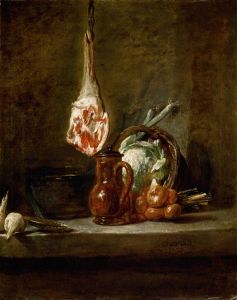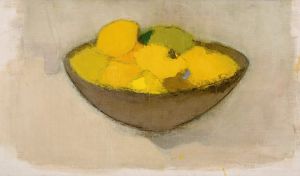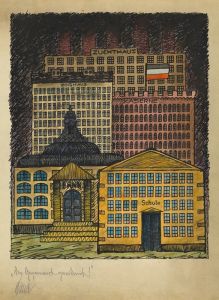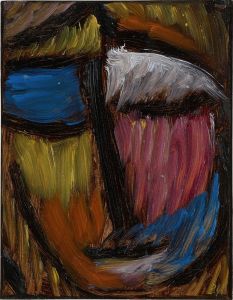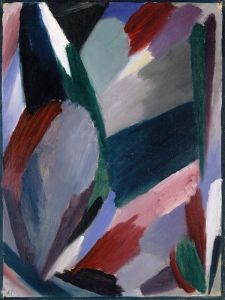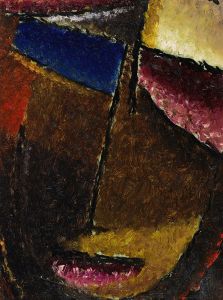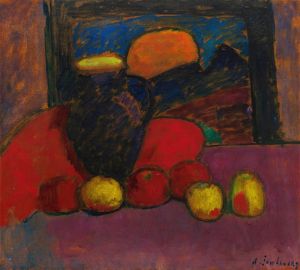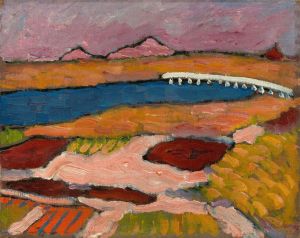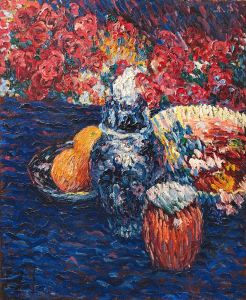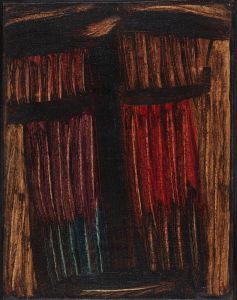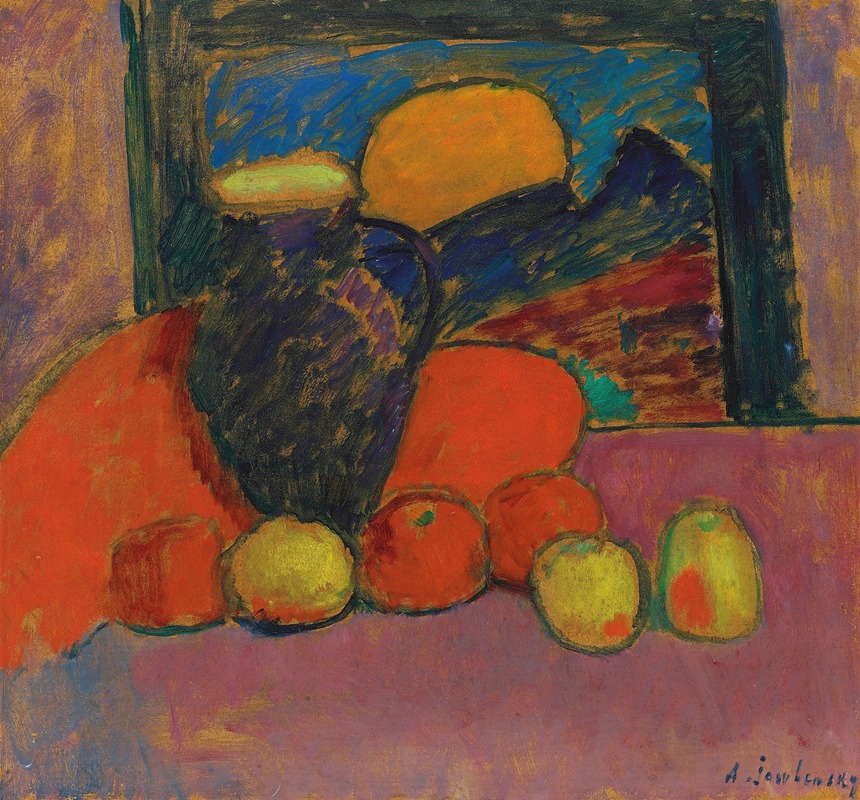
Stilleben
A hand-painted replica of Alexej von Jawlensky’s masterpiece Stilleben, meticulously crafted by professional artists to capture the true essence of the original. Each piece is created with museum-quality canvas and rare mineral pigments, carefully painted by experienced artists with delicate brushstrokes and rich, layered colors to perfectly recreate the texture of the original artwork. Unlike machine-printed reproductions, this hand-painted version brings the painting to life, infused with the artist’s emotions and skill in every stroke. Whether for personal collection or home decoration, it instantly elevates the artistic atmosphere of any space.
Alexej von Jawlensky was a Russian expressionist painter, known for his vivid use of color and bold compositions. He was a member of the Blue Rider group, which played a significant role in the development of expressionism in the early 20th century. One of his works, "Stilleben" (Still Life), reflects his unique approach to painting and his exploration of color and form.
"Stilleben" is a still life painting, a genre that Jawlensky explored alongside his more famous portraits and abstract works. While specific details about this particular painting are limited, Jawlensky's still lifes typically feature everyday objects such as flowers, fruits, or vessels, arranged in a way that emphasizes their form and color rather than their realistic depiction. His approach to still life was influenced by his interest in spirituality and the expressive potential of color, which he believed could convey emotions and transcend the mundane.
Jawlensky's work was heavily influenced by his interactions with other artists and movements of his time. He was closely associated with Wassily Kandinsky, another key figure in the Blue Rider group, and shared an interest in the spiritual aspects of art. This influence is evident in his use of color and form to evoke a sense of inner reality rather than external appearances. His still lifes, including "Stilleben," often exhibit a vibrant palette and a dynamic composition that reflect these interests.
During his career, Jawlensky's style evolved significantly. In his early works, he was influenced by Impressionism and Post-Impressionism, but he gradually moved towards a more abstract and expressionist style. This evolution is reflected in his still lifes, where the focus shifts from detailed representation to a more abstract interpretation of objects. His use of bold colors and simplified forms in "Stilleben" exemplifies this transition and highlights his contribution to the development of modern art.
Jawlensky's work, including his still lifes, was not widely recognized during his lifetime, but he has since been acknowledged as a significant figure in the expressionist movement. His paintings are now held in major collections around the world, and his influence can be seen in the works of later artists who explored the expressive potential of color and form.
In summary, "Stilleben" by Alexej von Jawlensky is a testament to the artist's exploration of color and form within the still life genre. While specific details about this painting are scarce, it reflects Jawlensky's broader artistic interests and his contribution to the expressionist movement. His work continues to be celebrated for its vibrant use of color and its ability to convey deep emotional and spiritual themes.





